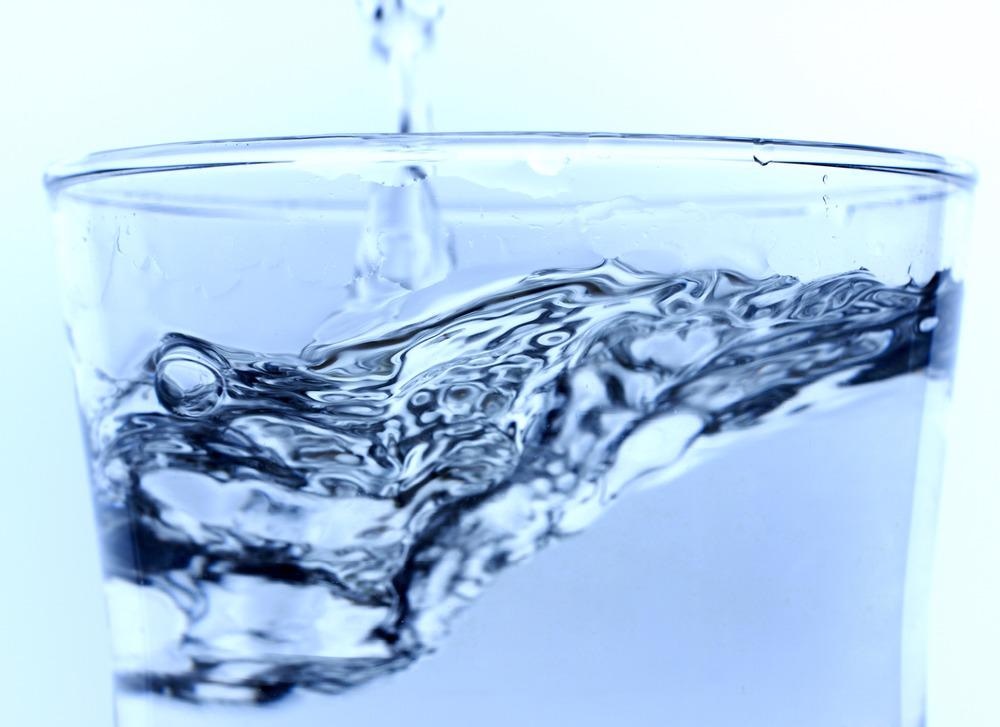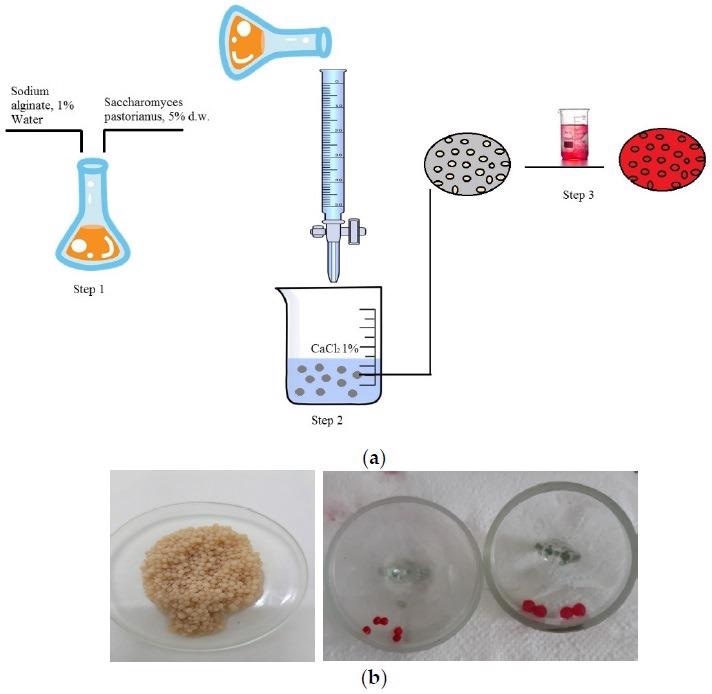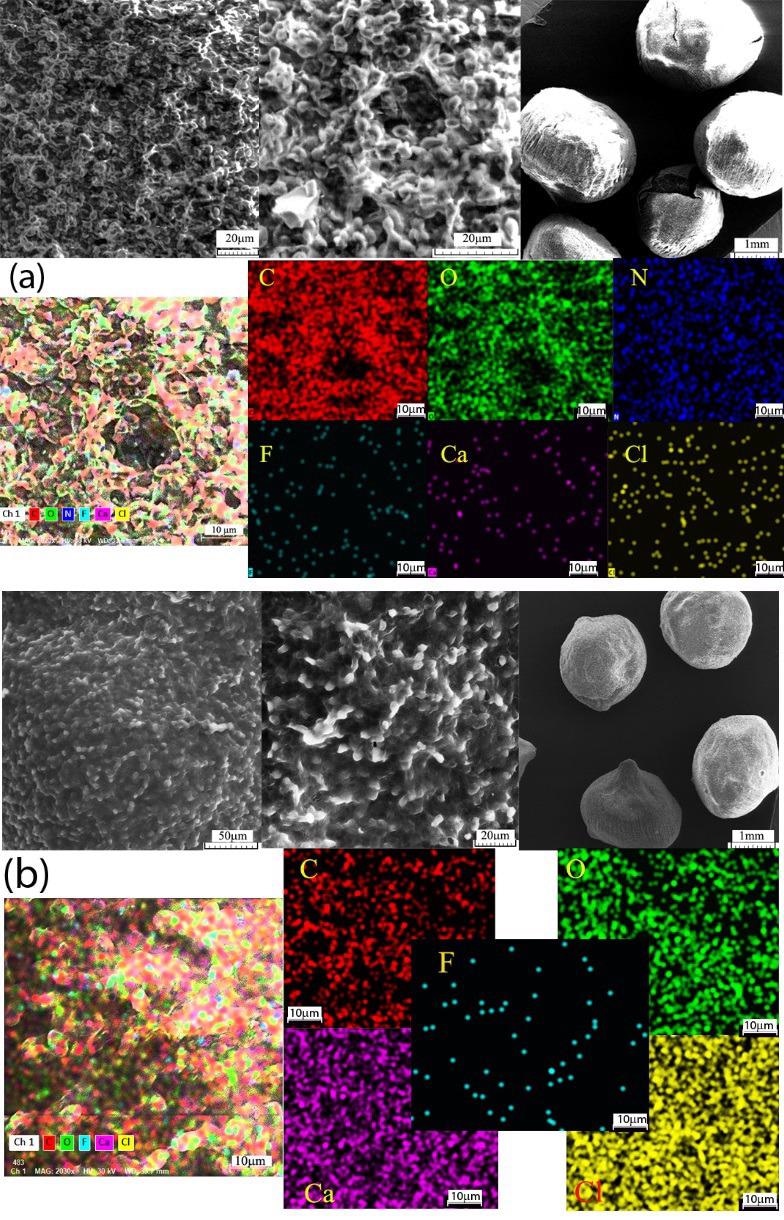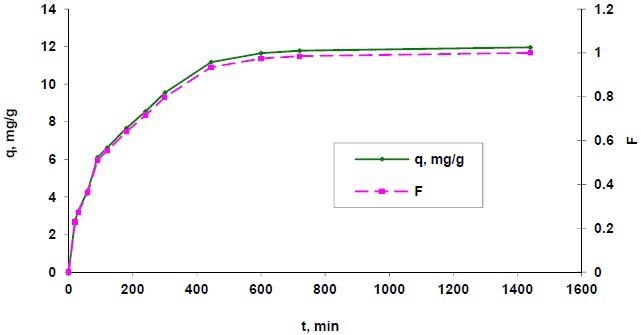Researchers from Romania have published an article in the journal Polymers in which they have focused on biosorbents made from leftover microbial biomass (Saccharomyces pastorianus yeast, centrifuged and dried at 80 °C after the brewing process) immobilized in sodium alginate.

Study: Polysaccharides Used in Biosorbents Preparation for Organic Dyes Retaining from Aqueous Media. Image Credit: LI CHAOSHU/Shutterstock.com
What are Biosorbents?
Biosorbents are organic substances that are used to remove the impurities from a liquid gradually. They include agricultural residues, microalgae, microbial wastes, and chemical contaminants. They have received positive attention since they are made from renewable energy sources, are inexpensive, disposable, and do not produce secondary pollutants after use.
Because they are organic, biosorbents have a lot of functional groups, which is what drives the hydrophilic contact they have throughout the sorption process. Many natural materials have been proposed as viable biosorbents for pollution removal in water. These materials can include both dormant or deceased beneficial microorganisms and live microbes. However, the toxicity of several of these biomaterials is still being debated, necessitating further research.

(a) Schematic representation of the immobilized and biosorption processes; (b) immobilized biomass granules before and after dye biosorption. Image Credit: Suteu, D et. al., Polymers
Treating Water Pollution and Role of Microbial Cells
Water pollution is regarded to be one of the most serious environmental issues owing to its vital role in life (metabolism, agriculture, and industry), while the existence of contaminants pose a serious danger to habitats and public health. Microbial cells can be utilized to remove pollutants in water effluents by biosorption, which is a passive method using inert biomass capable of adsorbing hazardous chemicals on its surface. Non-living matter of bacteria, fungus, or algae is a possible biosorbent since it is plentiful and cheap (as a by-product of industrial fermentation).
The benefits of employing dormant biomass include minimal nutrition or power demands, improved sorption capacity, faster processes, and no harmful effects of pollutants on cells. Microorganisms can attach diverse compounds even in their inactive (non-living) state, however, their utility in a pure state is restricted due to the complicated dissociation. These drawbacks can be mitigated by immobilizing bacteria. Better-suited absorbents (simpler to manage, recyclable, more robust, and resilient) can be created by immobilization utilizing several procedures including natural polysaccharides such as alginate, chitosan, starch, and cellulose.

Scanning electron microscopy (SEM) and mapping of C, O, N, F, Ca, and Cl elements of the biosorbent after (a) and before (b) Brilliant Red HE-3B dye biosorption. Image Credit: Suteu, D et. al., Polymers
Uses of Polysaccharides
Polysaccharides have a variety of applications, including medicines, adhesive, and controlled drug delivery, and since they are plentiful in the ecosystem, the procedures for digesting them are well understood and may be synthesized and characterized using a variety of approaches. Polysaccharides, which are found in almost all life forms such as macroalgae, crops, microorganisms, and animals, have long been advocated as enticing biological molecules used for the manufacturing of adsorbent materials based on biomass feedstocks (chitin).
Importance of Microbial-Based Biosorbents
Microbial-based absorbents can retain contaminants from wastewater dedicated to a particular surface area and pore volume, but most importantly due to a large concentration of polysaccharides, which includes various structural features capable of binding various chemicals by formulating synthetic structures.
Minerals, dyes, other medications, and organic chemicals are among the contaminants that are being eliminated by biosorption, and the types and quantity of pollutants being removed are constantly growing. Several physicochemical factors, including pH, humidity, biomass dose, starting concentration of pollutants, contact duration, contaminant type, and biosorbent category, impact biosorption utilizing microbial biomass operations.

Influence of contact time (q = f(t) and F = f(t)) on reactive dye Brilliant Red HE-3B biosorption onto residual bacterial biomass of Saccharomyces pastorianus immobilized in sodium alginate expressed through the amount of dye adsorbed (q) and fractional attainment of equilibrium (F) (biosorbent dose of 2.71 g/L (5% d.w.); pH = 3; temperature of 25 °C). Image Credit: Suteu, D et. al., Polymers
Why is Dye Retention an Essential Process?
As dye retention from wastewaters is critical to the environment, creating efficient and cost-effective removal strategies is a constant concern/threat. Current approaches include adsorption ability on mineral or carbon-based matrices, redox reactions, aggregation, and barrier filtering, but they have various limitations in terms of price, practicality, ecological effects, effectiveness, process failures, hazardous by-product management, and so on. As an ecologically beneficial and cost-effective method of eliminating colors from water bodies, bioaccumulation can be a permanent treatment process.
The utilization of yeast (unicellular fungus) as a biosorbent has several benefits: it is widely accessible because of its usage in large-scale culture (brewing, winemaking), it has few safety issues, and it is simple to employ.
Research Findings
The study's findings show that absorbents relying on remnant microbial population immobilized in polymer matrices founded on polysaccharides (sodium alginate in this case) can be efficient biosorbents for preserving organic dyes existing in aqueous systems at trace levels.
Furthermore, the negative free energy Gibbs values (G0 = 5.78 and 9.02 kJ/mol) and positive biosorption enthalpy (H0 = 16.96 kJ/mol) indicated that the process was spontaneous and endothermic. The work further demonstrated that the biosorption mechanism for removing the Brilliant Red HE-3B reactive dye utilizing a biosorbent based on Saccharomyces pastorianus immobilized on sodium alginate is more physical than chemical.
Further Reading
Suteu, D et. al. Polysaccharides Used in Biosorbents Preparation for Organic Dyes Retaining from Aqueous Media. Polymers. 2022. 14. 588. Available at: https://www.mdpi.com/2073-4360/14/3/588
Disclaimer: The views expressed here are those of the author expressed in their private capacity and do not necessarily represent the views of AZoM.com Limited T/A AZoNetwork the owner and operator of this website. This disclaimer forms part of the Terms and conditions of use of this website.